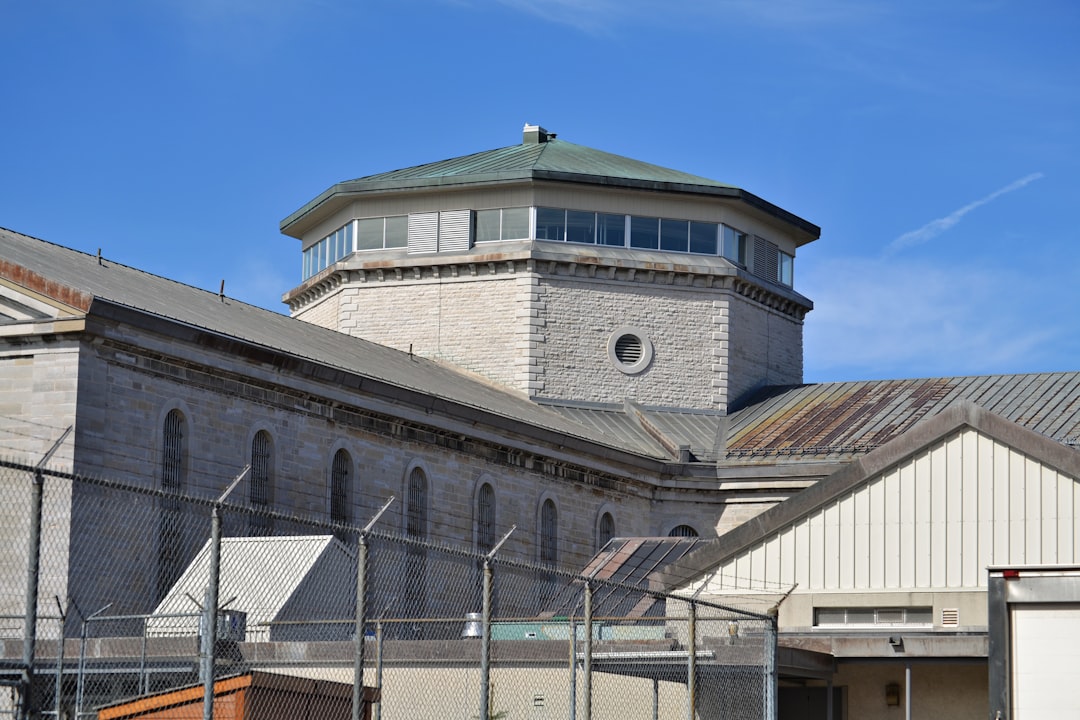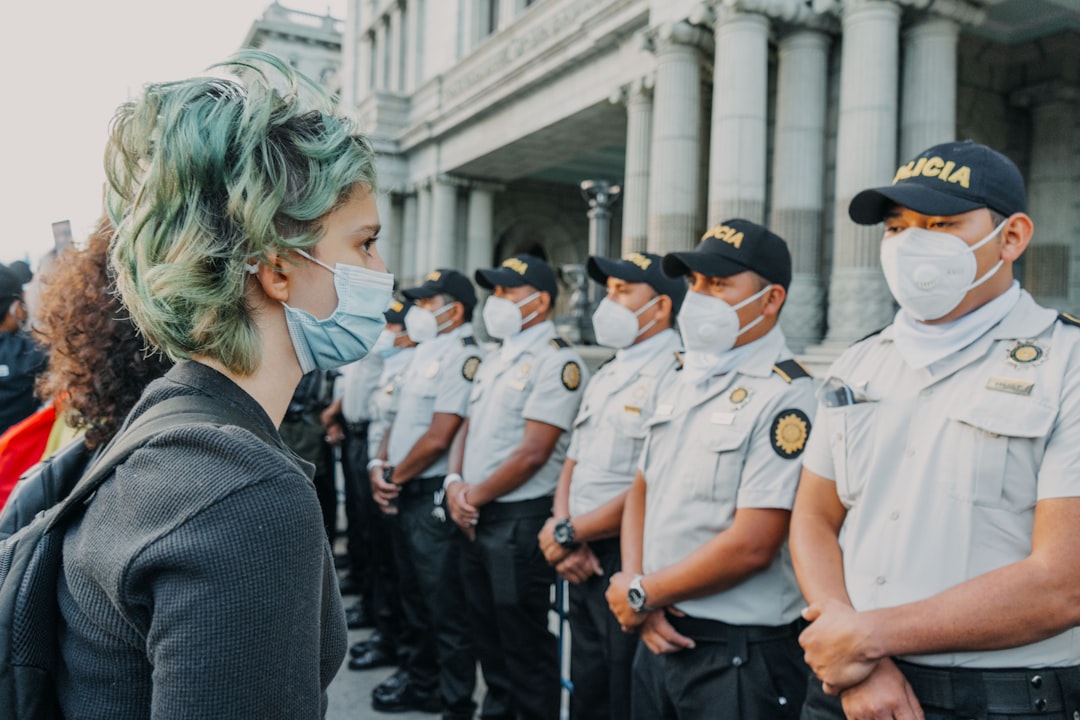Iceland: The World’s Top Safety Champion

For the 17th year in a row, Iceland tops the Global Peace Index, confirming its reputation as the safest country for travelers. Violent crime is almost unheard of, and even petty theft is rare. In 2023, there were just 1.5 reported crimes per 100,000 people. Tourists often leave their belongings unattended in cafes or public areas without worry. The police are visible but friendly, and the entire country feels open and welcoming. Whether you’re chasing the Northern Lights or exploring geysers, you can wander freely. The sense of calm is almost contagious—many visitors report feeling instantly at ease the moment they arrive.
New Zealand: Adventure Without Anxiety

New Zealand is famous for bungee jumping and wild outdoor adventures, and it is also known for keeping travelers safe. In 2023, it ranked among the top 10 safest countries, with a low crime rate compared to many other nations. Locals are genuinely friendly, often going out of their way to help lost tourists. Strict gun laws and effective emergency services add layers of security. Even in remote areas like Fiordland or along the Tongariro Alpine Crossing, you’re likely to meet helpful Kiwis or park rangers. Major cities like Wellington and Auckland are clean and well-lit, with a visible police presence. There’s a collective pride in making visitors feel welcome and secure.
Japan: Where Tradition Meets Trust

Japan’s low crime rate is well-known, consistently ranking among the safest countries in the world. While the crime rate is higher than 0.3 incidents per 100,000 people, it remains very low. Tokyo, the world’s largest city, is often said to feel as safe as a small town. Lost wallets or phones are regularly returned to their owners, often with cash untouched. Public transport is not just spotless but incredibly secure, even late at night. Tourists rave about the orderly queues and the universal respect for rules. Even the busiest tourist areas, like Kyoto’s temples or Osaka’s street markets, are well-patrolled. There’s an unspoken code of conduct that makes visitors feel protected and respected everywhere they go.
Switzerland: Secure in the Heart of Europe

Switzerland’s crime rate is among the lowest in Europe, at 25.5 per 100,000 people. Cities like Zurich, Lucerne, and Geneva are famous for their cleanliness, efficiency, and safety. Public transportation is reliable and secure, and emergency services are quick to respond. The Swiss have a reputation for being reserved but helpful—a comforting combination for tourists. In 2023, Switzerland’s healthcare system was praised for its excellence, providing an extra layer of reassurance. Whether you’re hiking in the Alps or strolling lakeside promenades, peace of mind is practically guaranteed. The country’s investment in public safety is obvious at every turn.
Canada: Friendly Faces, Safe Spaces

Canada has built its reputation on being both friendly and safe. In 2023, the reported crime rate was around 5,843 incidents per 100,000 people, reflecting a slight increase from previous years, but it remains relatively low compared to many other countries. Major cities like Vancouver, Montreal, and Toronto rank high for public safety and low levels of violent crime. Tourists often highlight the welcoming locals and helpful authorities. Parks and city centers are well-maintained, with clear signage and emergency call points. The healthcare system is robust, providing confidence for travelers with medical needs. Even in vast national parks or remote areas, rangers are approachable and eager to help. The sense of order and kindness is a recurring theme in visitor reviews.
Denmark: Calm, Cozy, and Carefree

Denmark consistently ranks among the top ten safest countries globally, with a Crime Index of approximately 26.6 in 2023. Copenhagen leads with its extensive bike-friendly infrastructure and low levels of theft and violence. Public transportation is reliable and secure, and emergency services are quick to respond. The city is dotted with police call boxes and well-lit public spaces. Danish society emphasizes social welfare and equality, creating a sense of security that extends to visitors. Community policing and neighborhood initiatives keep even busy areas safe. Tourists can explore historic sites, vibrant markets, and waterfronts without looking over their shoulders. The relaxed vibe is as much a part of the experience as the famous Danish “hygge.”
Finland: Nature’s Safe Sanctuary

Finland is not just the land of a thousand lakes—it’s also a haven for safety. In 2023, it recorded approximately 9,123 incidents per 100,000 people, yet it remains one of the most peaceful countries in the world. Helsinki and other cities are known for their efficient emergency services and low levels of violent crime. Public spaces are clean and well-organized, with clear directions for tourists. Even in the wilderness, park rangers and police maintain a presence, ensuring that visitors feel secure. The country’s commitment to safety is matched by its stunning landscapes, making for worry-free adventures. Locals are quietly helpful, and solo travel is especially popular here.
Singapore: Spotless and Secure

Singapore’s reputation for cleanliness is matched by its strong record for safety. In 2023, the city-state reported a physical crime rate of 337 per 100,000 population, maintaining its status as one of the safest places in the world. Strict laws and an efficient police force keep both major attractions and hidden gems safe for visitors. Public transport is monitored by surveillance and security staff. Tourists can comfortably explore everything from bustling hawker centers to late-night rooftop bars. Even at night, walking through neighborhoods like Marina Bay or Orchard Road feels safe. The government’s strong anti-crime stance is evident and effective.
Australia: Laid-Back But Vigilant

Australia’s adventurous spirit is matched by a strong commitment to safety. While crime rates vary across regions, cities like Sydney, Melbourne, and Brisbane are known for their safe public spaces and responsive emergency services. Tourist hotspots feature visible security personnel and clear safety information. The country’s healthcare system is top-notch, offering reassurance for unexpected incidents. Beach patrols and national park rangers are a common sight, helping prevent accidents and theft. Whether you’re surfing, snorkeling, or exploring the Outback, safety protocols are always in place. The overall vibe is relaxed, but there’s no shortage of attention to detail.
Portugal: Europe’s Peaceful Surprise

Portugal’s emergence as a safe travel destination has surprised many. In 2023, the country reported approximately 3,600 crimes per 100,000 people. Lisbon and Porto, its cultural hubs, are praised for their low levels of violent crime and friendly atmosphere. Streets are well-lit and patrolled, and locals are eager to help lost or confused tourists. The country’s investment in tourism infrastructure has paid off, with reliable public transport and clear signage everywhere. Even in crowded spots like the Algarve beaches or Sintra’s palaces, the atmosphere feels more festive than frantic. The overall sense of security is a highlight for first-time visitors.
Mexico: Caution Required in Certain Regions

Mexico remains a beloved destination, but not without safety caveats. The U.S. Department of State issued advisories in 2023 for areas with high levels of violent crime, particularly in states like Guerrero and Michoacán. Tourist centers such as Cancun, Playa del Carmen, and Tulum generally maintain a strong security presence and are considered safer. However, travelers are urged to avoid certain regions, especially at night or when venturing far from tourist zones. Crime statistics vary widely, so it’s important to check local updates before traveling. The contrast between popular resorts and high-risk areas is stark, making careful planning essential.
Brazil: Urban Dangers Linger

Brazil’s vibrant cities and natural wonders are legendary, but safety can be an issue. In 2023, the country had a homicide rate of approximately 19.1 per 100,000 inhabitants. Cities like Rio de Janeiro and São Paulo experience higher levels of theft, robbery, and violent crime. Tourists are often targeted in crowded areas like beaches, markets, or during festivals. The government has increased police presence in tourist zones, but risks persist, especially after dark. Visitors are advised to use official taxis, avoid displaying valuables, and stay alert in unfamiliar neighborhoods. While millions visit safely every year, the potential for trouble is real.
South Africa: Contrasts and Cautions

South Africa’s breathtaking landscapes and wildlife draw tourists from around the world, but it also has a high crime rate, at 36.4 per 100,000. Cities like Johannesburg and Cape Town feature both safe and high-risk neighborhoods, sometimes just blocks apart. Tourists are advised to stick to well-known routes, avoid walking alone at night, and use registered guides for tours. Carjackings and petty theft can occur, particularly in urban centers. The tourism sector works hard to keep main attractions secure, but vigilance is necessary. The contrast between the beauty of the scenery and the reality of safety risks is striking.
Summary of the Latest Safety Rankings

Recent global rankings and government statistics from 2023 to 2025 confirm that countries like Iceland, New Zealand, Japan, Switzerland, and Canada continue to set the gold standard for tourist safety. Crime rates in these destinations remain exceptionally low, and traveler reviews highlight a strong sense of security. Meanwhile, regions in Mexico, Brazil, and South Africa continue to raise red flags, with official advisories and persistent safety concerns. The latest data underscores the importance of staying informed and making wise choices when planning travel.







